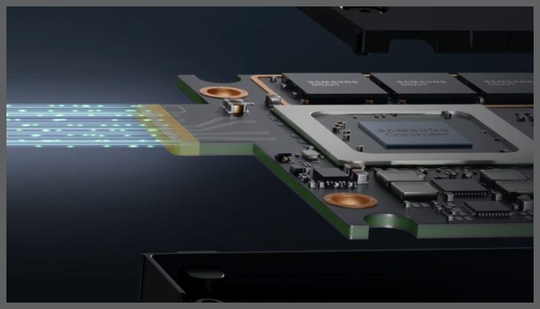Samsung unveils 256TB SSDs and peta-byte scale PBSSDs
Samsung claims it has achieved a number of flash memory firsts at Flash Memory Summit, with the company announcing 256TB SSDs as well as unveiling its peta-byte scale PBSSD architecture. The PM1743 server SSD also benefits from a power efficiency boost thanks to the interface's transition to PCIe 5.0.
The new Samsung PM1743 server SSD is based on the company's third-generation Polaris controller and features a PCIe 5.0 interface, which Samsung says allows it to achieve twice the power efficiency of its predecessor.
The PM9D3a server SSD also debuted at Flash Memory Summit, with the standard 2.5-inch drive coming in the form factor of its three-gen predecessor, but utilising PCIe 5.0 to deliver up to 2.3 times faster performance.
Samsung says its 256TB SSD uses QLC NAND and high integration density to achieve its energy-efficiency gains, but it's the stack of eight 32TB SSDs that really puts things into perspective with its power consumption figures. The stack would use seven times as much power as the single 256TB SSD, which is a pretty impressive figure.
The company also briefly showcases its petabyte-scale PBSSD architecture, which it says is optimised for flexibility with “high scalability for various applications” and “Flexible Data Placement” technology. This is designed to optimise data placement for increased performance, with the company saying it will “help to improve productivity in the most demanding environments.”
Samsung also briefly mentions its partnership with Meta, which we reported on earlier this year, and says that the PBSSD software is open source, although it doesn’t indicate whether this will extend to the hardware. With the Flash Memory Summit focused on memory innovations for the AI era, we can only hope that this means we’ll be seeing the PBSSDs make their way into consumer products soon.
Unfortunately, it doesn’t look like the new PM93a models will be available in the first half of 2024, as they’re still listed as having 30.72 TB capacities, but this should still be an improvement on the current 32TB PM942.
Check out our guide to the Flash Memory Summit to learn more about the event and the memory innovations it’s showcasing.

















